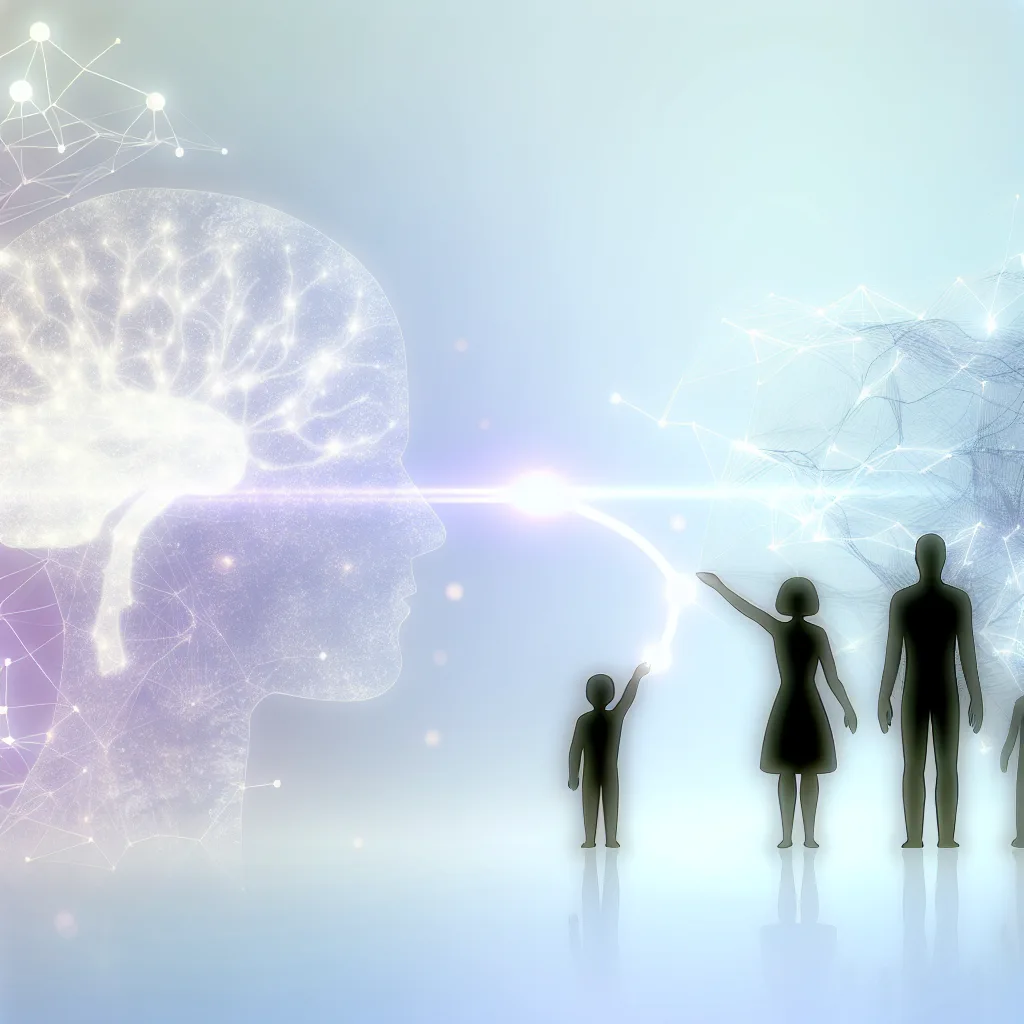You’re not imagining it. Here’s why you can feel the human fingerprint on different AI models.
Have you ever been chatting with an AI and thought, “This thing has a personality”? It’s a strange feeling. I was listening to an interview with Sam Altman from OpenAI the other day, and I couldn’t shake the feeling that GPT, his company’s creation, shares some of his thoughtfulness. It’s sophisticated, a bit tender even. Then you use Grok, and you feel a hint of Elon Musk’s brash, meme-loving energy. And Claude? It often comes across with a deep sense of caution, which feels connected to the safety-first approach of its founders at Anthropic. This got me wondering about the reality of an AI chatbot personality. Am I just projecting, or do these digital minds really echo their makers?
It turns out, that intuition isn’t entirely off base. But it’s not as simple as a founder “downloading” their personality into the machine. It’s a much more subtle, indirect imprint—a kind of cultural fingerprint left by the entire organization.
The Human Touch: How an AI Chatbot Personality is Formed
So, if it’s not a direct copy, where does this perceived personality come from? Large language models (LLMs) start as giant, impersonal engines trained on vast amounts of text from the internet. On their own, they don’t have a personality; they are just incredibly complex pattern-matching systems. The “character” we sense is baked in during the next, crucial phase: fine-tuning.
This is where the human element becomes so important. The process is less about programming a personality and more about steering the model’s existing capabilities toward a desired style. It’s like taking a massive block of marble and slowly chiseling it to reveal a specific form. This happens in a few key ways:
- Reinforcement Learning from Human Feedback (RLHF): This is a core part of the process. Real people are hired to interact with the AI and rate its responses. They score outputs based on helpfulness, harmlessness, and tone. Their collective preferences—what they consider a “good” or “appropriate” answer—are used to reward the model. As explained in resources from AI hubs like Hugging Face, this feedback loop nudges the AI’s behavior, subtly encoding the raters’ values and conversational styles into its responses.
- Company Policies and Guardrails: Every AI company makes deliberate choices about what their model should and shouldn’t do. How does it handle sensitive topics? How confident should it sound? Should it hedge its answers or be decisive? These policy decisions directly reflect the leadership’s philosophy and ethical stance. A company focused on being a careful, responsible steward will train its model to sound measured and thoughtful.
- Product Framing and Marketing: The way a company presents its AI to the world also shapes its internal development. If the marketing message is all about being a bold, disruptive truth-teller, the engineers will likely allow the model to be more opinionated and less filtered. The public identity creates an internal target for the model’s behavior.
Why GPT and Claude Feel So Different
This brings us back to the original observation. The reason you can sense a difference between the major AI models is that you’re picking up on the distinct corporate cultures behind them. You’re not sensing Sam Altman’s mind in GPT, but rather the sociotechnical “personality” of OpenAI as a whole.
Altman sets a public tone for OpenAI that is curious, ambitious, yet aware of the risks. That vision influences who they hire and how they train their teams. Those teams, in turn, curate data and provide feedback in a way that rewards outputs reflecting that specific brand of sophisticated ambition. The result is a model that “feels” like the organization’s character.
It’s the same for other labs. Anthropic was founded by former OpenAI employees with a strong focus on AI safety. It’s no surprise, then, that their chatbot, Claude, often feels more cautious and deliberate in its responses. It reflects the company’s entire reason for being. As noted in comparisons across the tech landscape, like those seen on sites such as The Verge, these differences are not just technical but deeply philosophical.
So, Are We Just Imagining It?
Not at all. When you sense an AI chatbot personality, you’re not hallucinating. You’re accurately perceiving a statistical echo—a faint reflection of the hundreds or thousands of people who built, trained, and guided it. It’s the result of countless tiny decisions, from high-level company philosophy down to the individual clicks of human raters during RLHF.
The next time you chat with an AI, pay attention to its style. See if you can sense the underlying values. You’re not just talking to a machine; you’re having a conversation with the ghost of an entire organization’s culture. And that, in itself, is a fascinating look into how human values are being encoded into our technology.
